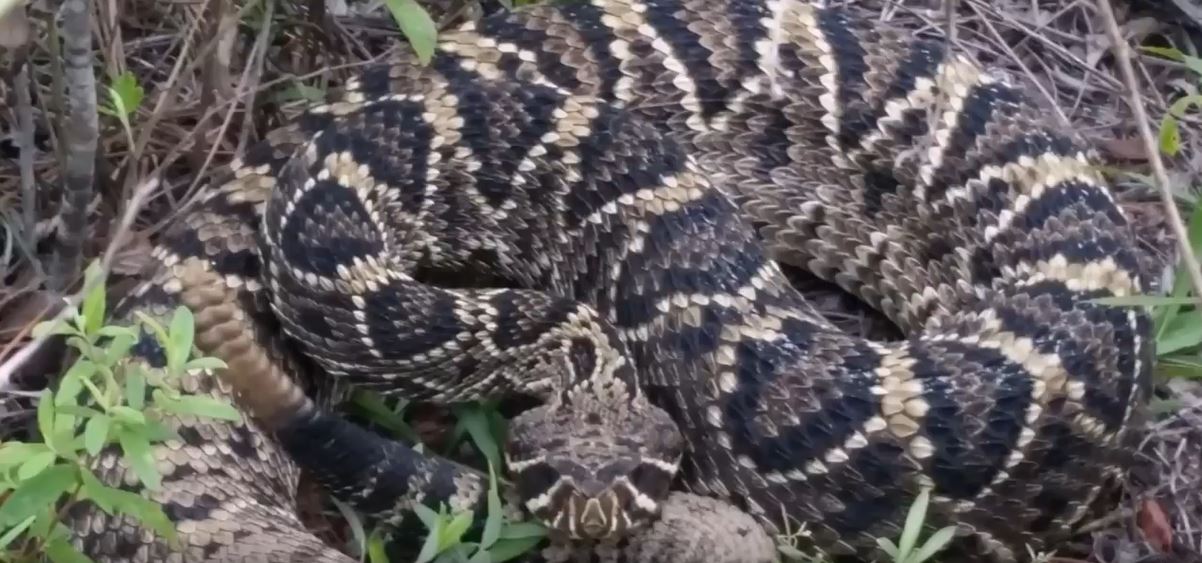The Diamond Rattle Snake

• Appearance and biology
The Diamond Rattle snake are large venomous snakes commonly found in North America. They can grow to as long as 8 feet long and weigh as much as 10 pounds. Their bodies have brown or black patterns that are diamond like and hence their name. Between their eyes and their nostrils exist two pits that have the ability to sense heat. With this, they are able to hunt even in darkness. They also do have a rattle at their tail that makes some noises when vigorously shaken. They are cannibalistic and ovoviviparous in nature.
• Lifecycle
After mating, the eggs are internally fertilized. Unlike most snakes where the eggs are laid to hatch, the eggs in the Diamond rattle snakes are incubated in the females’ body. The gestation period is about 6 to 7 months after which young ones are given birth to. The average number of juveniles brought forth at a particular time is about 14. Their length is often from about 30cm but not more than 36 cm. The juveniles resemble their adults except that they do not have a rattle at this time. The young ones would stay with their mothers for a few hours after which they begin to take care of themselves no wonder their high mortality. They then grow till they hit maturity and can mate to bring forth their young ones. This cycle repeats.
• Habitat
This snake is commonly found in North America. Its habitat, however, would include areas with thick vegetation cover like in thick bushes. They would also prefer rocky landscape or dry areas.
• Diet
Rodents such as rats, squirrels and mice are their common diet, however, birds such a towhees and rabbits not forgetting large insects are also part of the diet. The snake hunts its prey by the means of striking. Once the venom is transferred into the animal, it is released and the snake then follows the scent of the carcass. The animal is normally consumed whole owing to the large size of the snake.
• Behavior
Diamond Rattle snakes are known to be good swimmers but not good climbers.
As for their defense, there have a number of mechanism. One is retreating by moving backwards as they face their attacker. They will also shake their rattle so that it makes some sort of noise to warn its threat. Diamond Rattle snakes will also defend themselves by striking their offender and biting them repeatedly.
The Diamond Rattle Snake
SNAKE CONTROL: We specialize in snake control projects. Call us now for snake control in your city or town.
Go back to the How to get rid of snakes page to learn more about The Diamond Rattle Snake
To find out our prices for snake control, visit our snake removal prices page.


